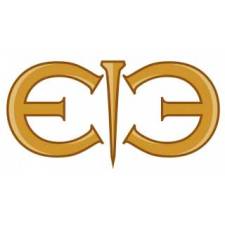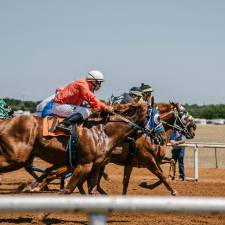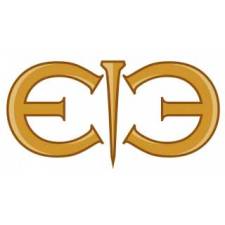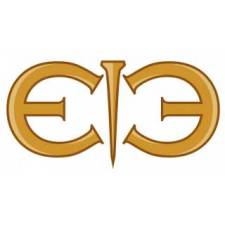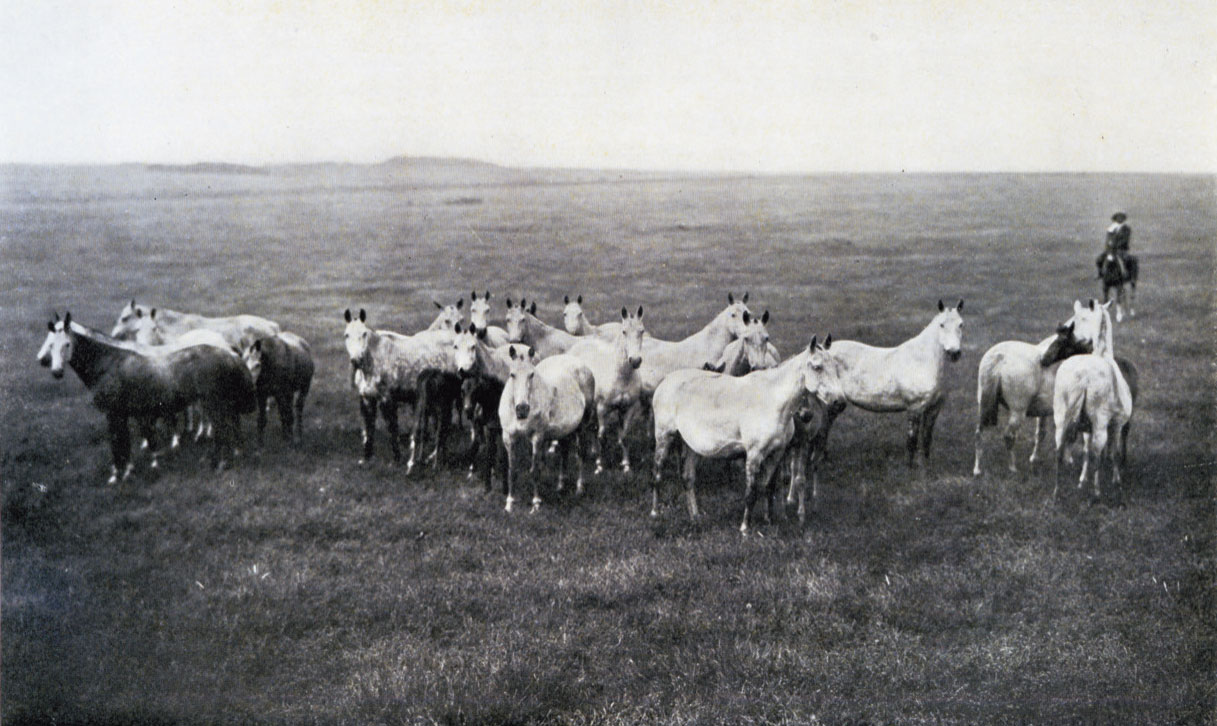
In the early 1920s, one of the most important polo pony breeding operations in Argentina was Estación Chapadmalal. Established by Miguel Martinez de Hoz, his philosophy was to use small Thoroughbreds in the production of polo ponies. The farm included 110 broodmares, 22 of which were selected because of their bloodline’s smaller size.
“From these, I am trying to breed my future polo pony sires. A difficult job, I tell you; but with time and patience I hope to succeed,” wrote Martinez de Hoz, in a May 1922 article in “The Polo Monthly.” “Big horses have been bred from the Arab, so why should we not breed small ones? After all, the big 16.2-17 hands Thoroughbred was bred from an Arab, who is a pony!”
The Martínez de Hoz family were Spanish merchants, arriving in Argentina’s Río del Plata in the late 18th century. José Alfredo Martínez de Hoz had no children of his own so he sent for his nephew Narciso Alonso de Armiño to help with his business. Grateful for the opportunity, Narciso adopted his uncle’s last name. Narciso began purchasing farm land in the area. Later, his son José Toribio Martinez de Hoz followed suit, amassing so much land, they were one of the country’s most prominent landowning families.
Their estancia, Chapadmalal was located about 255 miles south of Buenos Aires, and just 15 miles away from the resort town of Mar del Plata. It encompassed over 63,000 acres.
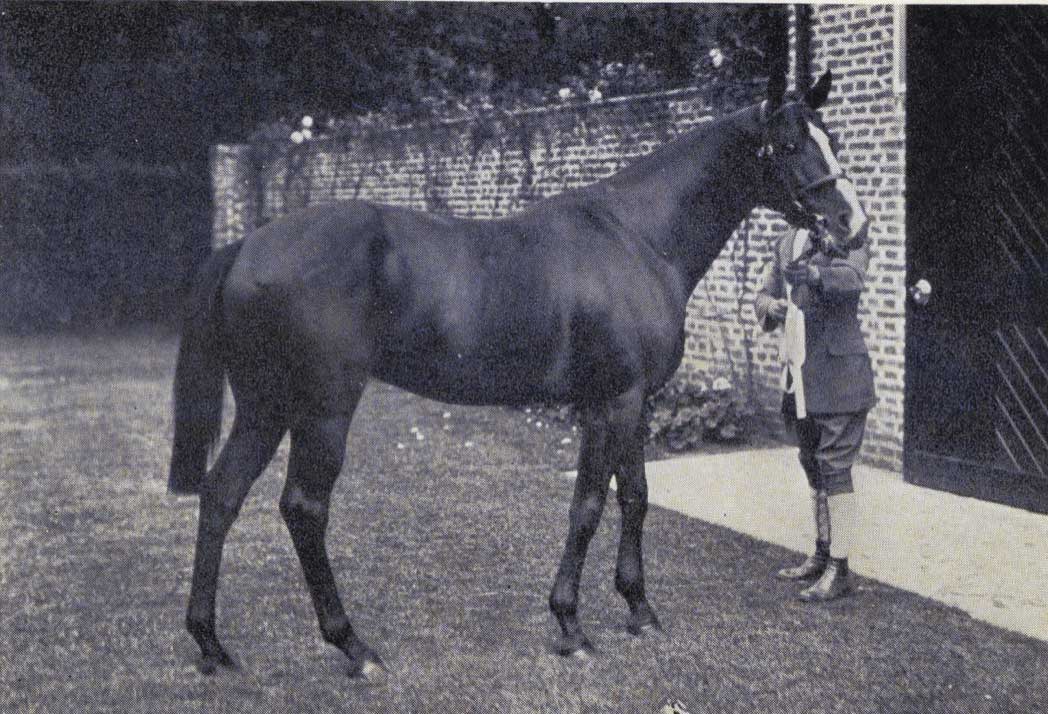
José Toribio Martinez de Hoz co-founded the Rural Society to represent Argentine landowners, serving as its president until 1870. It is the same Rural Society that today holds annual livestock shows, which many of the polo players participate in with their prized polo prospects.
When José Toribio Martinez de Hoz died prematurely, his widow moved with their two sons, Miguel Alfredo and Eduardo Antonio Justo, to England.
After completing school there, Miguel Martinez de Hoz returned to Argentina. Without anyone looking after the land, sections of it were in poor shape when he arrived. He sold off some land and added other parcels. He built fencing and barns and purchased horses, cattle and sheep to breed. Influenced by his time in Europe, he hired an English architect to design a Scottish castle for his family, accompanied by beautiful landscaping, mirroring the finest English gardens.
As motor cars became more widely used, and the need for draft horses dwindled, Martinez de Hoz focused instead on breeding Thoroughbreds.
He continued to travel to England, and often competed there with some of his prized carriage horses. Gay Boy, a champion harness horse, was bred at Chapadmalal. For some time, Martinez de Hoz ran the London-Guildford coach with horses bred at his breeding farm in Argentina.
He also played polo in England and France, and served on the Editing Committee of The Polo and Riding Pony Society in London.
A report in the June 1918 “The Polo Monthly” noted that King Alfonso of Spain had recently purchased four Argentine polo ponies from Miguel Martinez de Hoz.
“We may be sure that any ponies of Mr. de Hoz’s breeding will be bred on good lines, for he does not go in for poor pedigrees. In fact, he has some of the finest examples of many breeds of stock at his stud farm, and the production of polo ponies is an interesting side line which he has recently taken up,” the report said.
“Mr. de Hoz, who before the war often drove his coach to Ranelagh and Hurlingham, will be remembered as the purchaser of Craganour for 30,000 guineas immediately after that horse’s sensational disqualification from the Derby. The purchase has proved a great financial success.
“Mr. de Hoz has recently bought Botafogo, the best racehorse of his time in the Argentine, the price being £40,000 down and the right on the part of the vendors to send two mares to the horse each season free of charge for five years. This establishes a new record price for Thoroughbred horses.”
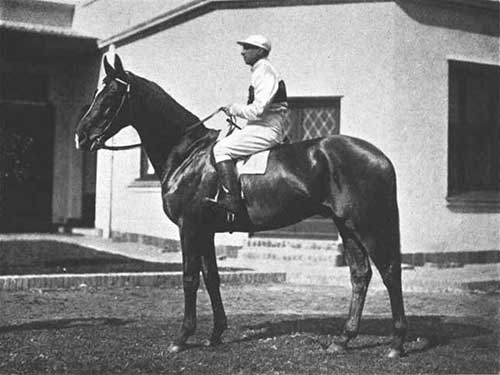
He won £7,000 on the track before becoming a polo pony sire at Chapadmalal.
The Irish bred Craganour (Desmound x Veneration II) was born in 1910 and as a 3-year-old was racing in the Derby at Epsom. Craganour, the favorite, was neck-and-neck with Aboyeur, winning the race by a head. It appeared Aboyeur’s jockey had maneuvered Craganour to the middle of the track. In a controversial decision, Craganour was blamed for obstructing horses behind him and was disqualified, while Aboyeur was declared the winner.
In the same race, The King’s horse, Anmer was brought to the ground by Emily Davison, a woman who ran onto the track in front of the horse. The horse fell, rolled on the jockey and seriously injured Davison, who died a few days later.
Craganour was later bred to Martinez de Hoz’s polo mares, producing some very good ponies, including Morfeo.
Botafogo (Old Man x Korea) raced 19 times in two seasons, winning 18 firsts and one second and earning 350,000 pesos. His premature death in 1922 after three years of breeding made the New York Times.
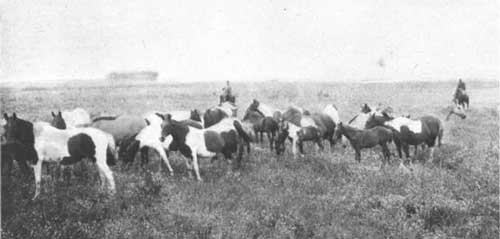

Miguel Martinez de Hoz used these and other racing stallions for breeding. Other polo pony stallions included:
- Bob, born in 1912 (La Samaritain x Santolina), winner of £2,342 on the track.
- Diptongo, born in 1916 (Falso x Divisa II)
- Art Noeveau, born in 1913 (St. Wolf x Arlethe Dorgére), winner of £4,353
- Zio, born in 1911 (Winkfield’s Charm x Diana), winner of £1,065
- Juan Bautista, born in 1915 (Arazati x Salome III)
- Sumampa II, born 1903 (Violin x Ermeline)
- General French, born in 1914 (Craganour x Evolution), winner of £7,000
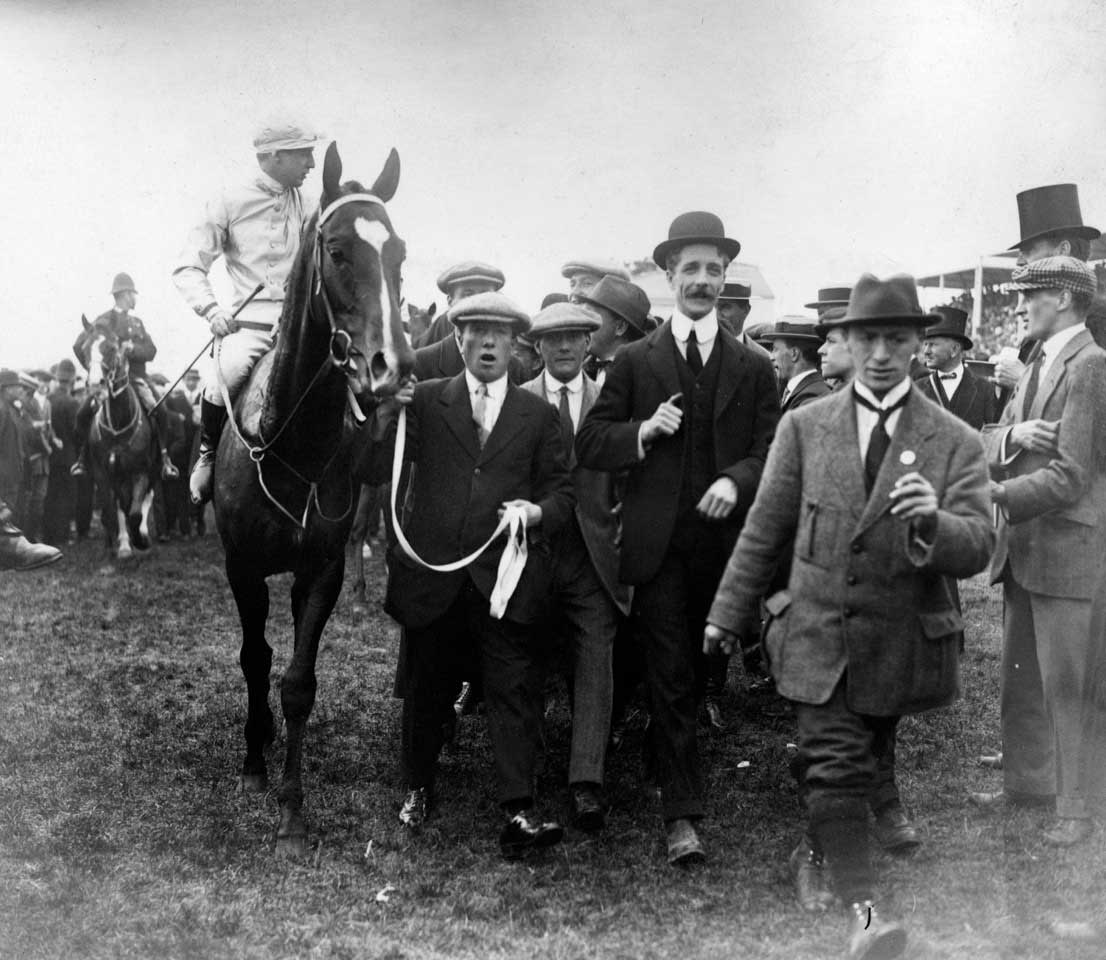
Martinez de Hoz wrote of these stallions, “In some cases I had to buy the horses although they were not winners, as at that moment I could not find what I required as far as make and shape. I am quite aware that some of these horses are far from perfect. You may find Art Nouveau’s shoulders a bit heavy, but he was so extraordinarily short in his back that I had to buy him on account of his back.
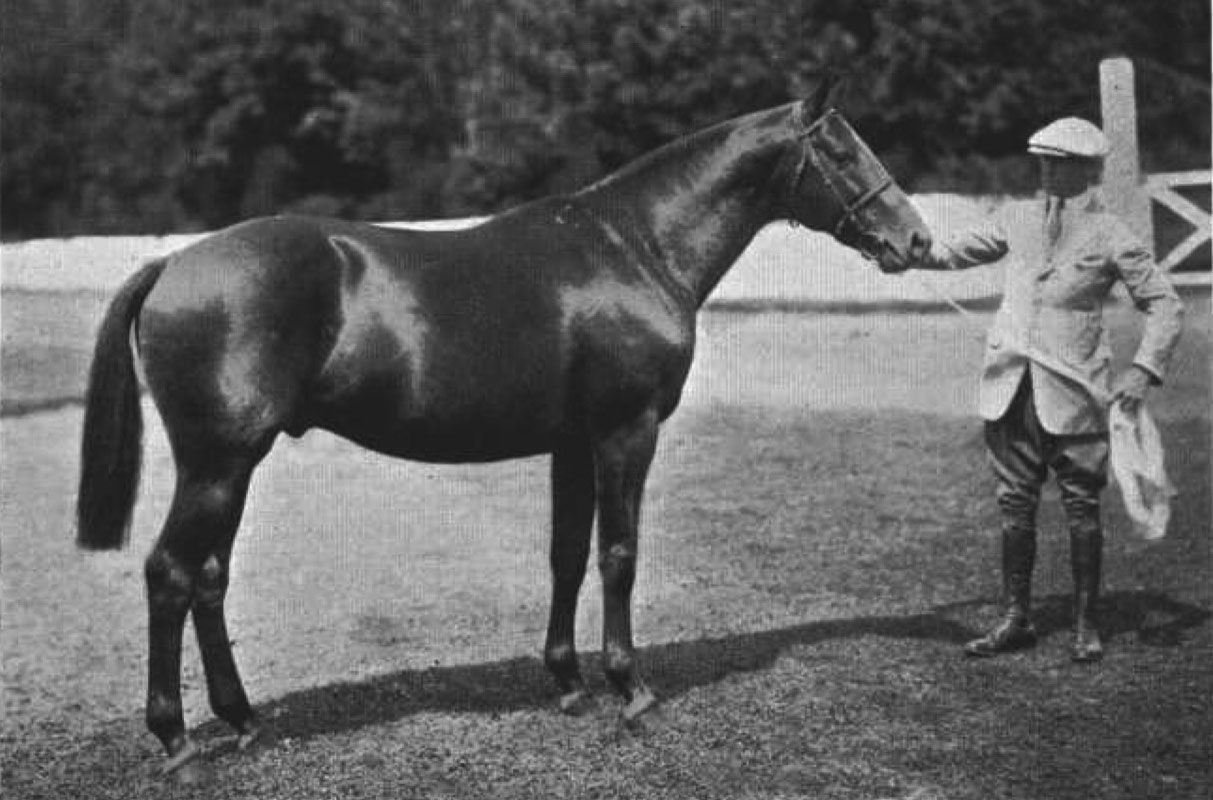
“He was a very fast horse at a mile, and was a good winner at our principal racecourse in the Argentine, Palermo. His mares wanted shortening. Bob is a little bit too full of quality, but his mares are a bit coarse—by a Welsh pony out of blood mares—so this is the reason I bought him. He was a good winner, and very fast.
“Zio is a little bit inclined to be more of a hack than a polo pony. I bought him because his mares wanted lengthening in their necks, but his pedigree amends most of his faults.
“Sumampa has bred already some very good ponies, which have been sold in England and France. This year I used him with the small Thoroughbred mares.
“I bought Juan Bautista because I required a black stallion. We have not played any of his get yet. He serves the 25 black mares.
“Diptongo is a nice-shaped pony, 15 hands, very well bred and full of quality. He serves all the fillies of Sumampa, chestnut mares.”
Chapadmalal broodmares were arranged in groups of 25 each according to color—chestnut, bay, brown, black, piebald and gray—adding to the remarkable character of his stud.
Miguel Martinez de Hoz had two sons, José Alfredo and Miguel Eduardo, that shared his interest in polo and horses. José Alfredo served on the sub-committee in charge of the annual polo pony show at the Hurlingham Club in Buenos Aires. He also often played in tournaments in England.
Similarly, Miguel served as referee and sometimes a judge at La Rural polo pony show in Palermo where his horses competed. He also competed with horses in England. In the early 1930s, his gray gelding, Rataport (Bob x Ranita) placed in the top three two years in a row in the Heavy-Weight Ponies, 4 years old and upwards at the National Pony Society Show in London.
This article is reprinted with permission from Polo Magazine ©.
You can find more interesting articles in our section on Health & Education and Riding Disciplines.







